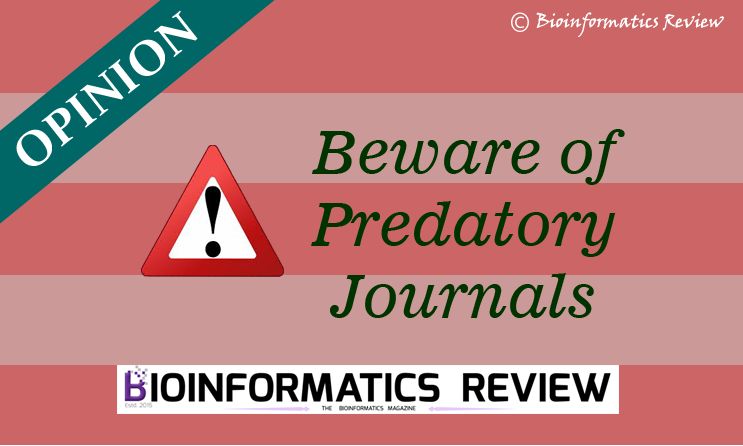The fast-emergence of predatory journals is a new problem in the scientific research area. These journals send attractive advertising emails to the authors to seek money and in turn, they don’t provide any proper service including a peer review for their article. As a result, they publish research studies irrelevantly for the sole purpose of draining the money down from the authors. This is affecting the research quality in the scientific field.
As we all are aware of Beall’s list [1] created by Jeffery Beall, an academic librarian at the University of Colorado in Denver, it lists all the predatory journals and publishers as mentioned in one of our previous articles. It represents a valuable tool for researchers to be aware of predatory journals. This list is growing continuously over time. Although Beall’s list has a few shortcomings for which it has been criticized for some reasons by some researchers and publishers. These reasons include the weak methodology used by Beall’s list to classify a predatory journal and some journals pointed out that Beall added newly started journals without contacting and discussing their publishing policies.
Now, various scientists are objecting to the predatory journals [2] and some of them have urged publishing companies to establish their standards so that they could easily differentiate predatory journals from real scientific ones [3]. Besides, these journals are causing great harm to the scientific community. There are some predatory journals that even display a fake impact factor on their website just to attract the authors, which as compared to the real scientific journals is higher. This is just increasing the number of publications in scientific literature without any significant contributions.
Some of the major problems and harms caused by these journals include the lack of significant information, less and irrelevant data, damaged reputation, lack of knowledge and quality control. Young researchers need to think about the harmful effects of publishing in predatory journals. What is the use of such research which can not benefit the scientific community? They must be aware of their external reputation damage as well.
Journal Citation Report (JCR) provides a list of journals with an official impact factor. But most of the new researchers are not aware of this. The question arises here is that either the predatory journals should be completely eliminated? or the scientific journals and publishers should strengthen the open-access concept and contribute significantly toward the scientific community. Further, there is a strict demand for a new system to identify predatory journals and the articles published in it.
References
- Butler, D. (2013). Investigating journals: The dark side of publishing. Nature News, 495(7442), 433.
- Richtig, G., Berger, M., Lange‐Asschenfeldt, B., Aberer, W., & Richtig, E. (2018). Problems and challenges of predatory journals. Journal of the European Academy of Dermatology and Venereology, 32(9), 1441-1449.
- Strielkowski, W. (2017). Predatory journals: Beall’s List is missed. Nature, 544(7651), 416.





